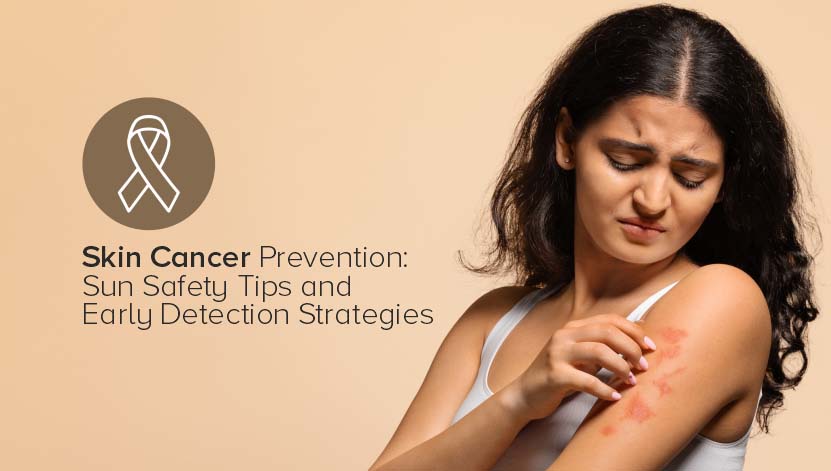With the sun's rays painting the landscape in golden hues, many of us rush outside to soak up its warmth and light. But lurking within those sunbeams is the potential for harm — particularly in the form of skin cancer. Prevention and early detection are critical tools in the fight against these conditions.
